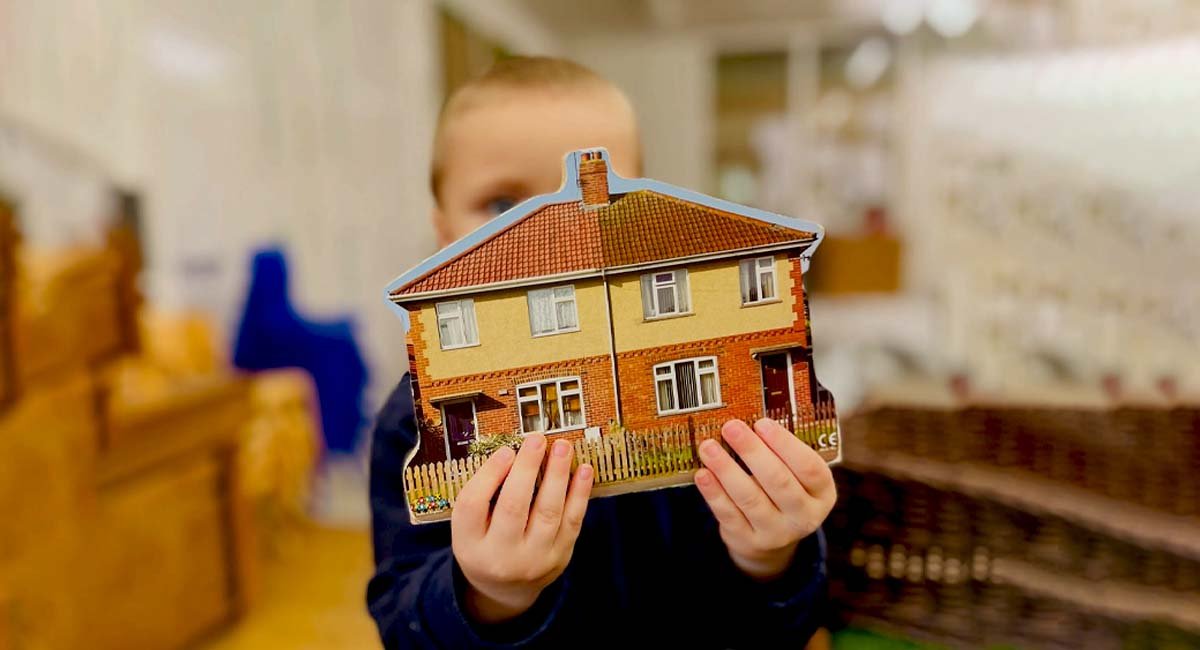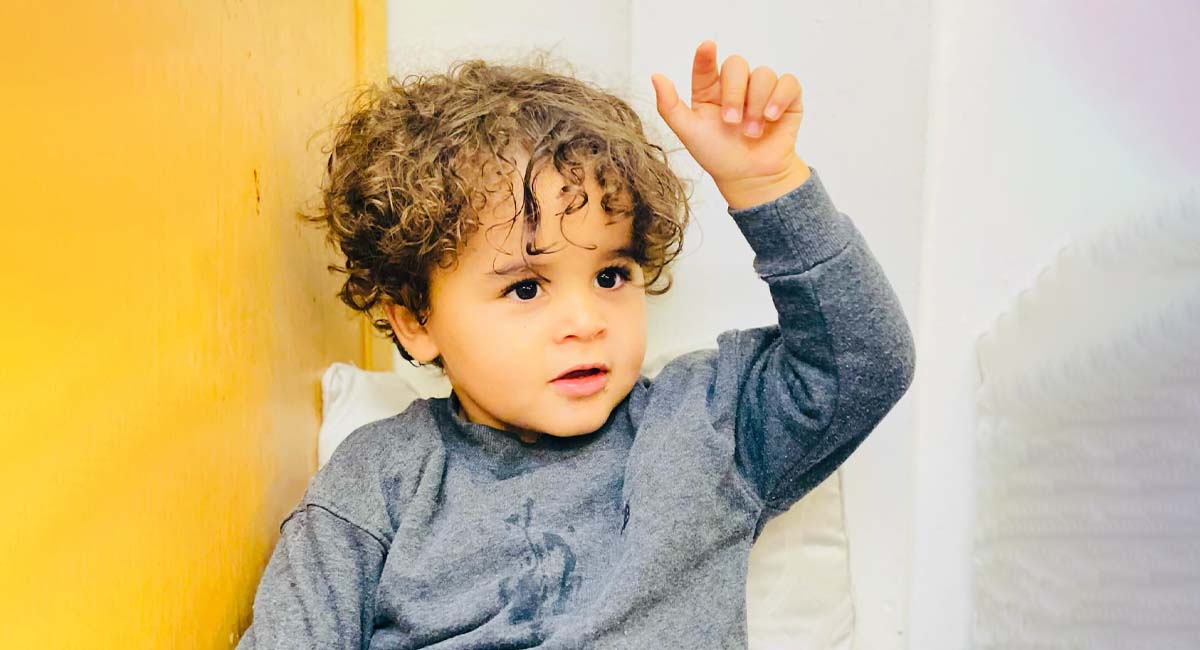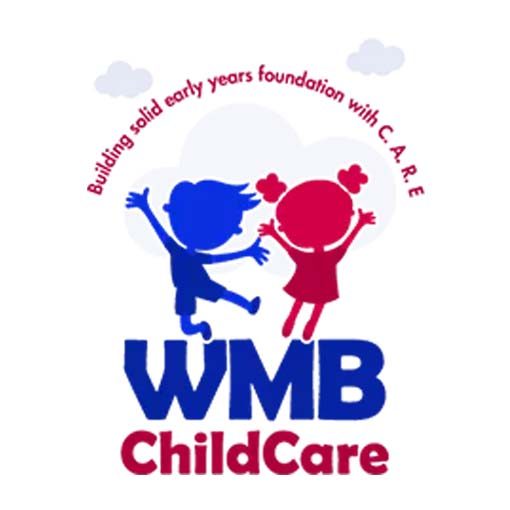Building Vocabulary: 5 Fun and Engaging Ways to Introduce Your Child to New Words
Expanding a child’s vocabulary is an essential part of their language development. A rich vocabulary allows children to express themselves clearly, understand the world around them, and build confidence in communication. Whether your little one is just beginning to babble, forming their first sentences, or already chattering away, incorporating new words into their everyday life can be both beneficial and enjoyable. You might be wondering, “How can I teach my child new words in a way that’s fun?” or “What’s the best way to introduce new vocabulary without making it feel like a lesson?” Don’t worry — we’ve got you covered! Here are five creative and fun strategies to help your child discover the joy of words.
1. The Picture Description Game: A Fun Way to Spark Creativity
Let’s get creative! The Picture Description Game is an engaging way to introduce new words while allowing your child’s imagination to soar. Simply draw a simple picture—a house, a tree, or even a silly creature—and ask your child to describe what they see. Don’t worry about being a perfect artist; the goal is to encourage conversation. You can further prompt your child with questions like, “What do you think the cat is doing?” or “Where could the car be going?” For those less inclined to draw, use picture books, posters, or even family photos as visual aids. This game is not only a fantastic way to introduce new vocabulary, but it also helps develop storytelling skills.
2. Nursery Rhymes: The Rhythm and Repetition of Learning
Nursery rhymes have been a staple in early childhood education for good reason. Their catchy tunes and repetitive nature make them excellent tools for vocabulary building. The rhymes introduce children to new words in a memorable way, helping them understand the sounds and patterns that make up language. To make it even more interactive, try singing a rhyme and purposefully leaving out a word. For example, “Twinkle, twinkle, little…?” and let your child fill in the blank. You can also have fun creating nonsense rhymes together, like “Humpty Dumpty sat on a chair” instead of the wall. This playful approach keeps learning light-hearted and enjoyable.
3. Puppet Play: Bringing Words to Life
Puppets, dolls, or small action figures are fantastic for building vocabulary through imaginative play. Create a short story using the puppets, and encourage your child to join in by giving the characters voices and actions. You could start with a simple scenario like “The rabbit went on an adventure to find a magical tree” and see where the story takes you both. After the story, ask your child to retell it in their own words. This activity not only helps with vocabulary but also enhances memory and sequencing skills, all while having fun.
4. Narrate Your Day: Turning Routine into Learning
One of the simplest and most effective ways to introduce new words is by narrating your day. As you go about your daily routine, describe what you’re doing, what’s happening around you, and what your child is doing as well. For example, while preparing breakfast, you might say, “I’m slicing the banana. It’s yellow and soft. Do you want to taste it?” This running commentary introduces your child to descriptive language and helps them connect words with actions and objects. Focus on using words your child may not yet know, and repeat them in different contexts to reinforce understanding.
5. Word of the Day: A Fun Daily Challenge
Introducing a “Word of the Day” is an exciting way to expand your child’s vocabulary. Each day, pick a new word and explore it together. Ask your child what they think it means, then explain it and use it in a sentence. For example, if the word is “enormous,” you could say, “This elephant is enormous—it’s so big!” Try to incorporate the word into your conversations throughout the day to reinforce its meaning. Keep track of the words you’ve learned together, and revisit them often. The more your child hears and uses these words, the more naturally they’ll become part of their vocabulary.
Conclusion
Building your child’s vocabulary doesn’t have to be a chore—it can be a delightful journey filled with creativity, play, and everyday moments. By making language learning a part of your daily routine and incorporating these fun activities, you’ll help your child develop a rich and varied vocabulary that will serve them well throughout their life. Remember, every child learns at their own pace, so be patient and enjoy the process. With these five strategies, you’ll be well on your way to helping your child become a confident and expressive communicator.








